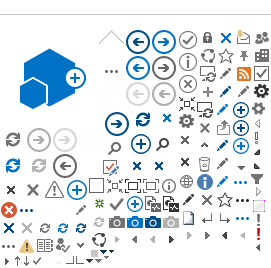Frequently Asked Questions
What is Gas Chromatography?
Gas chromatography (GC) is an analytical technique used to separate, identify, and quantify components in complex mixtures. This method has revolutionized chemical analysis across industries, from environmental monitoring to pharmaceutical research. Read More >
What does VOC testing cost?
Depending on the type of test and the sample matrix, whether it be synthetic materials or otherwise, laboratory analysis to conduct a VOC test typically costs between $150-$300.
What is a volatile organic compound? What is a semi-volatile organic compound?
Volatile organic compounds (VOCs) are a group of chemicals that can readily transform into vapor (a gas) at lower temperatures. VOCs are more likely to be dispersed, and monitored for, in the air, impacting outdoor and indoor air quality.
Semi-volatile organic compounds (SVOCs) are more likely to be liquid samples or solid materials at lower temperatures. Some examples of products that include SVOCs are pesticides, oil-based products, and fire retardants. Some building materials also contain SVOCs and indoor air quality can be affected by VOCs.
Some types of VOCs and SVOCs carry documented health risks.
Why are VOCs harmful?
According to the Ohio Department of Health:
“Exposure to VOCs can cause a range of possible harmful health effects. VOCs are a class of chemicals, not a single chemical. The health effects they could cause will depend on the exact exposure. Some VOCs are known to be highly toxic while others have no known health risks. Because VOCs create strong odors, even relatively low levels can cause eye, nose and throat irritation, headaches, nosebleeds, fatigue (tiredness), nausea, and dizziness. Some people may experience an allergic skin reaction, such as itching, rashes or hives. People with asthma and other lung illnesses may have their conditions aggravated by exposure to VOCs. Exposure to very high levels of VOCs may cause damage to the liver, kidney, or central nervous system (brain and spinal cord). High levels may also cause vision and memory problems.”
What are three volatile organic compounds?
There are dozens of volatile organic compounds found in natural and synthetic materials -- everything from building materials and other solid materials, to structurally diverse liquids, including drinking water. Air quality also is impacted by VOCs. Emissions testing can also be part of the process to detect VOCs. Three VOCs are gasoline, benzene and acetone.
